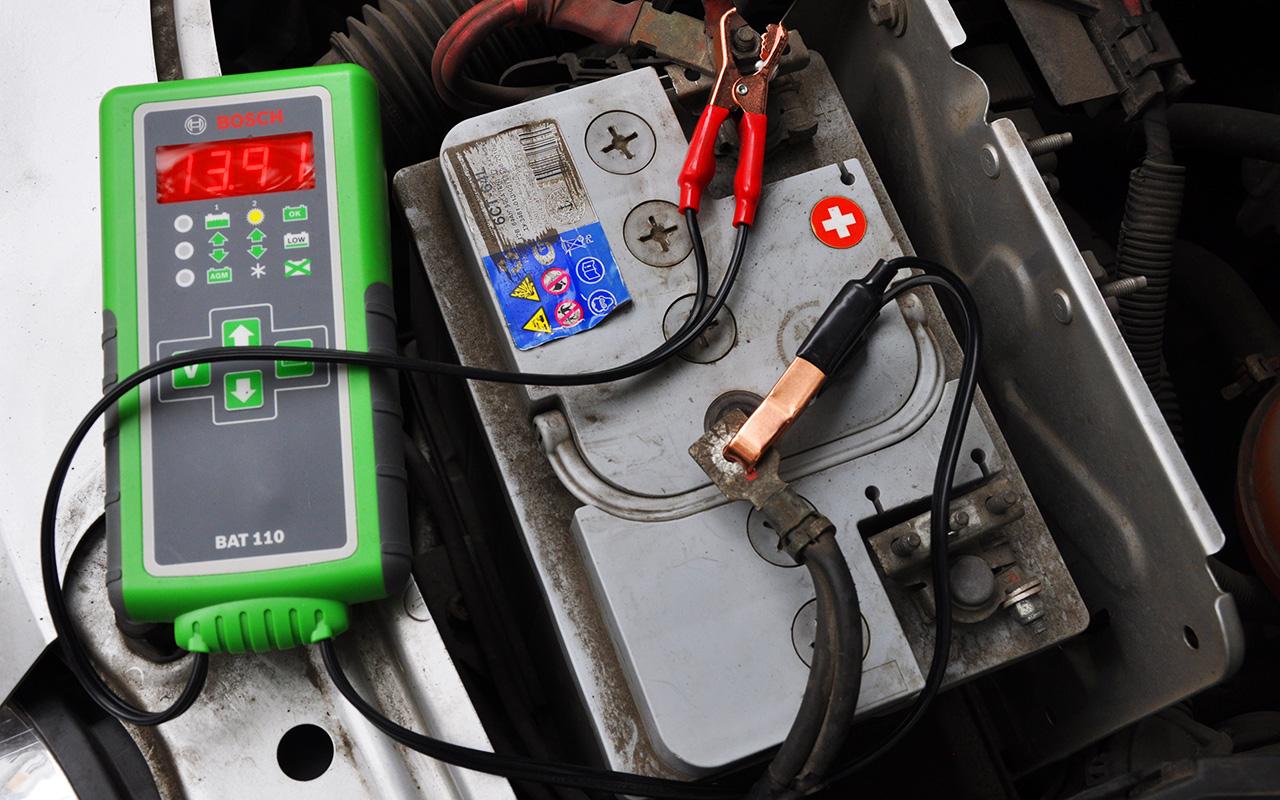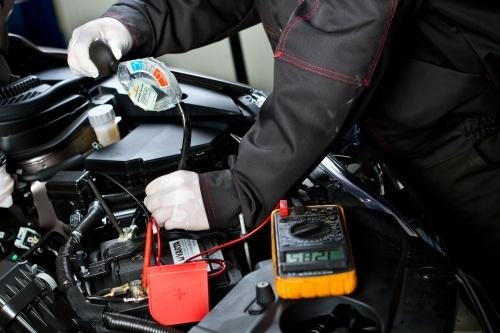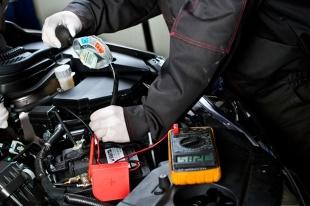
Car battery - you can't move without it
 The car battery was invented by the French physicist Gaston Plante in 1859 and since then its design assumptions and principles of operation have hardly changed. It is an indispensable element of every car and requires proper adjustment and operation.
The car battery was invented by the French physicist Gaston Plante in 1859 and since then its design assumptions and principles of operation have hardly changed. It is an indispensable element of every car and requires proper adjustment and operation.
Lead acid batteries are the most popular and are used with  time of their invention until now. They are a working element that closely interacts with the car's generator, work inextricably together and are responsible for the proper functioning of the entire electrical system of the car. Therefore, it is very important to choose the right battery for a particular car and use it correctly, which will minimize the risk of its discharge or irreversible damage.
time of their invention until now. They are a working element that closely interacts with the car's generator, work inextricably together and are responsible for the proper functioning of the entire electrical system of the car. Therefore, it is very important to choose the right battery for a particular car and use it correctly, which will minimize the risk of its discharge or irreversible damage.
Which battery to choose ?
“The selection of the right battery for our vehicle is a design consideration of the vehicle manufacturer and must be strictly followed,” says Robert Puchala of Motoricus SA Group. Such a procedure can lead to undercharging of the battery and, as a result, a significant reduction in efficiency and service life.
Which battery brand should I choose?
This is a very common question that worries drivers. The choice on the market is wide, but it is worth remembering that most manufacturers offer at least two product lines. One of them is cheap products intended for sale in supermarket chains. Their design is driven by a price set by the recipient, forcing manufacturers to significantly reduce manufacturing costs by using older technologies and using fewer or thinner boards. This translates directly into shortened battery life, with plates subject to natural wear much faster than in a premium product. Therefore, when buying, we must decide whether we need a long-lasting battery, designed for several years of operation, or one that will solve our problem once.
When choosing a new battery, consider its appearance. Often it turns out that a potentially identical battery, as we have in a car, has a different polarity and, as a result, cannot be connected. It is similar in size. If it is not exactly matched to a specific car model, it may simply not be possible to mount it correctly.
demanding cars
Modern cars are crammed with electronics that require constant power consumption even when stationary. Often, the consumption is so high that after a week of idle time, the car cannot be started. Then the easiest and fastest solution is to start by "borrowing" electricity from a neighbor using cables. However, this procedure greatly shortens the life of the battery because the alternator charges the discharged battery with a huge current. Therefore, the best solution is to slowly charge with a small current from the rectifier.
Cars operated in severe conditions require special selection of the battery. These include TAXI vehicles, which are put into operation much more often than "civilian" ones.
battery in winter
We are often faced with the fact that in severe frosts it is impossible to start the car, and after several unsuccessful attempts, we give up and change to public transport. A battery left in a deeply discharged state can be seriously damaged. The density of the sulfate electrolyte drops significantly, and the water in it freezes. This can lead to an explosion of the body and a spill of aggressive electrolyte in the engine compartment or, even worse, in the cabin if, for example, the battery is under the bench. It is important to first defrost the battery by keeping it at room temperature for several hours before connecting the battery to the charger.
Simple rules
Battery life can be extended by following a few simple operating procedures. Have a service technician check the gravity and electrolyte level each time the vehicle is inspected. The battery must be properly fixed, its terminals tightened and protected with a layer of acid-free Vaseline. You should also remember to prevent complete discharge and do not leave the receivers on after the engine is turned off. An unused battery should be recharged every three weeks.
Fault doesn't always mean fault
Very often, drivers complain about a faulty battery, believing that it is defective. Unfortunately, they do not take into account the fact that it was poorly selected or misused by them, which had a decisive influence on the drastic reduction in its durability. It is also natural that batteries from a cheaper range wear out faster, like a car tire wears out, for example, after 60 km of driving. kilometers per year. Then no one is going to advertise it, despite the fact that the manufacturer's warranty still applies to it.
Ecology
Remember that used batteries are harmful to the environment and should therefore not be disposed of in the trash. They consist of hazardous materials, incl. lead, mercury, cadmium, heavy metals, sulfuric acid, which easily enter water and soil. In accordance with the Law of April 24, 2009 on batteries and accumulators, we can return used products free of charge.
at special points designed for this purpose. You should also be aware that when buying a new battery, the seller is required to collect the used product.